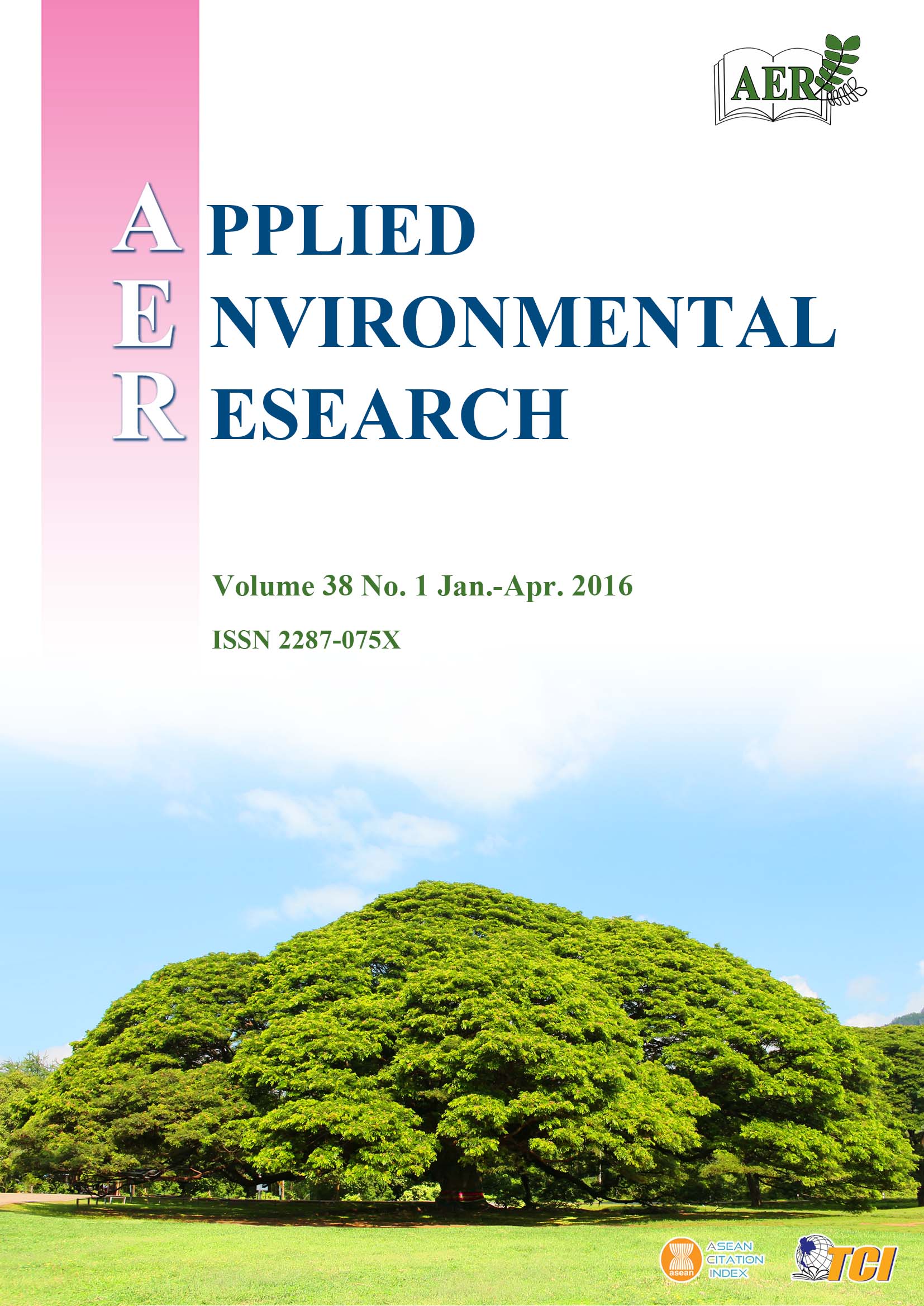Greenhouse Gas Emission in Jewelry Industry: A Case Study of Silver Flat Ring
Main Article Content
Abstract
This paper describes an assessment of the carbon footprint (CF) of a silver ring, together with an attempt to measure material and energy consumption. The boundary of analyzing CF was defined as Business to Business (B2B). All primary data were obtained from a survey of the case study factory. Acquisition of raw material (silver) was the main GHG contribution to the overall CF and was thus considered as a CF hotspot. Acquisition accounted for 0.9740 kg CO2e or 94.44% of total emissions, followed by production processes (0.0573 kg CO2e) and transportation (0.002 kg CO2e). The total CF amounted to 1.03 kg CO2e per silver ring product. To reduce the CF, it is suggested that choosing low GHG production processes could result in significant reduction in total CF. In addition, the study proposes options for recycling waste and using high performance electronic equipment.
Article Details

This work is licensed under a Creative Commons Attribution-NonCommercial 4.0 International License.
Published articles are under the copyright of the Applied Environmental Research effective when the article is accepted for publication thus granting Applied Environmental Research all rights for the work so that both parties may be protected from the consequences of unauthorized use. Partially or totally publication of an article elsewhere is possible only after the consent from the editors.

